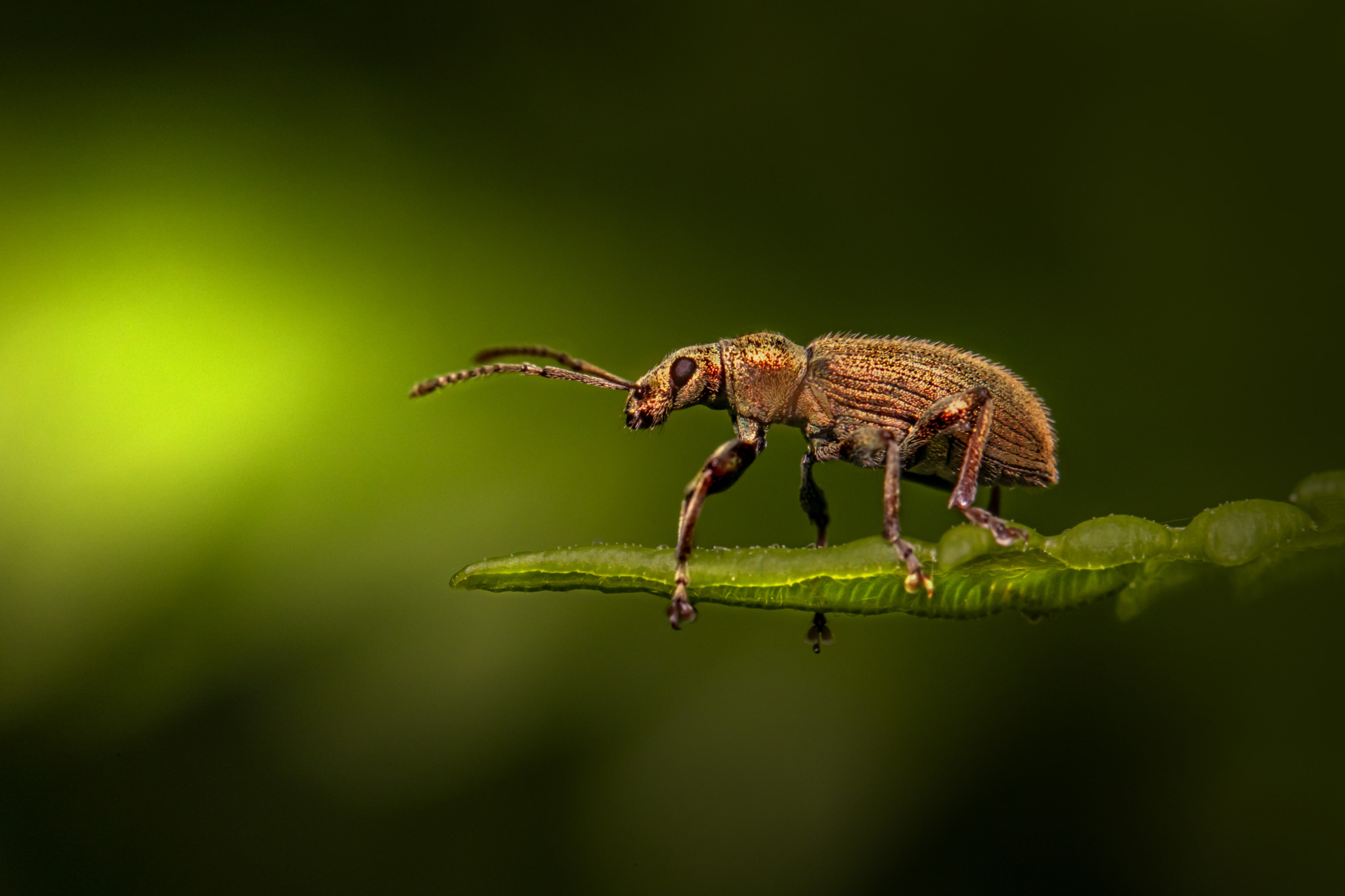You are likely referring to the Green Nettle Weevil (Phyllobius pomaceus), which is the most common and recognizable species associated with the Nettle plant.
Here is a deep review of this iridescent beetle.
🌿 Green Nettle Weevil (Phyllobius pomaceus) Deep Review
1. Classification and Morphology
The Green Nettle Weevil belongs to the family Curculionidae (Weevils or Snout Beetles), known for their distinct rostrum (snout).
| Feature | Detail |
| Size | Medium-sized, typically 7–10 mm in length. |
| Coloration | The beetle’s exoskeleton is black, but it is densely covered by minute, overlapping scales (setae). These scales give the weevil its characteristic bright metallic green, bluish-green, or golden iridescence. The scales are easily rubbed off, making older specimens appear darker and patchy. |
| Rostrum (Snout) | Has a relatively short, broad snout, typical of the broad-nosed weevils (Entiminae subfamily). |
| Legs | Generally dark brown to black. A key feature for identification is the presence of a conspicuous, forward-pointing tooth or hook on the front femora (thighs). |
2. Life Cycle and Habitat
P. pomaceus undergoes complete metamorphosis and is univoltine (one generation per year).
- Geographic Range: Widespread and common across Western and Northern Europe, extending into North-Western Asia.
- Habitat: Common in hedges, damp meadows, woodland edges, and roadside verges.
Life Cycle Stages
- Adult Stage (Spring/Summer):
- Adults emerge from the soil in late spring (April/May).
- They are foliage feeders, consuming leaves and young shoots.
- Host Plants: The primary host is the Common Nettle (Urtica dioica), giving the weevil its common name. They also feed on the leaves of meadowsweet, various shrubs, and occasionally cultivated plants like strawberries.
- Larval Stage (Underground):
- Females lay eggs in the soil, often near the host plants.
- The larvae are subterranean and are root feeders, consuming the roots of herbaceous plants and grasses.
- The larva is the stage that typically overwinters (sometimes as a pupa) in the soil.
3. Ecological Role
- Pest Status: While it feeds on the foliage of cultivated plants, the Green Nettle Weevil is generally considered a minor or occasional pest rather than a serious agricultural threat. Its primary role is within the natural ecosystem.
- Predator Prey Dynamics: The adults, with their bright color, are visible prey items for birds and certain predatory insects, while the larvae are consumed by subterranean predators.
Visited 869 times, 13 visit(s) today
Views: 1629
Subscribe to the newsletter:
